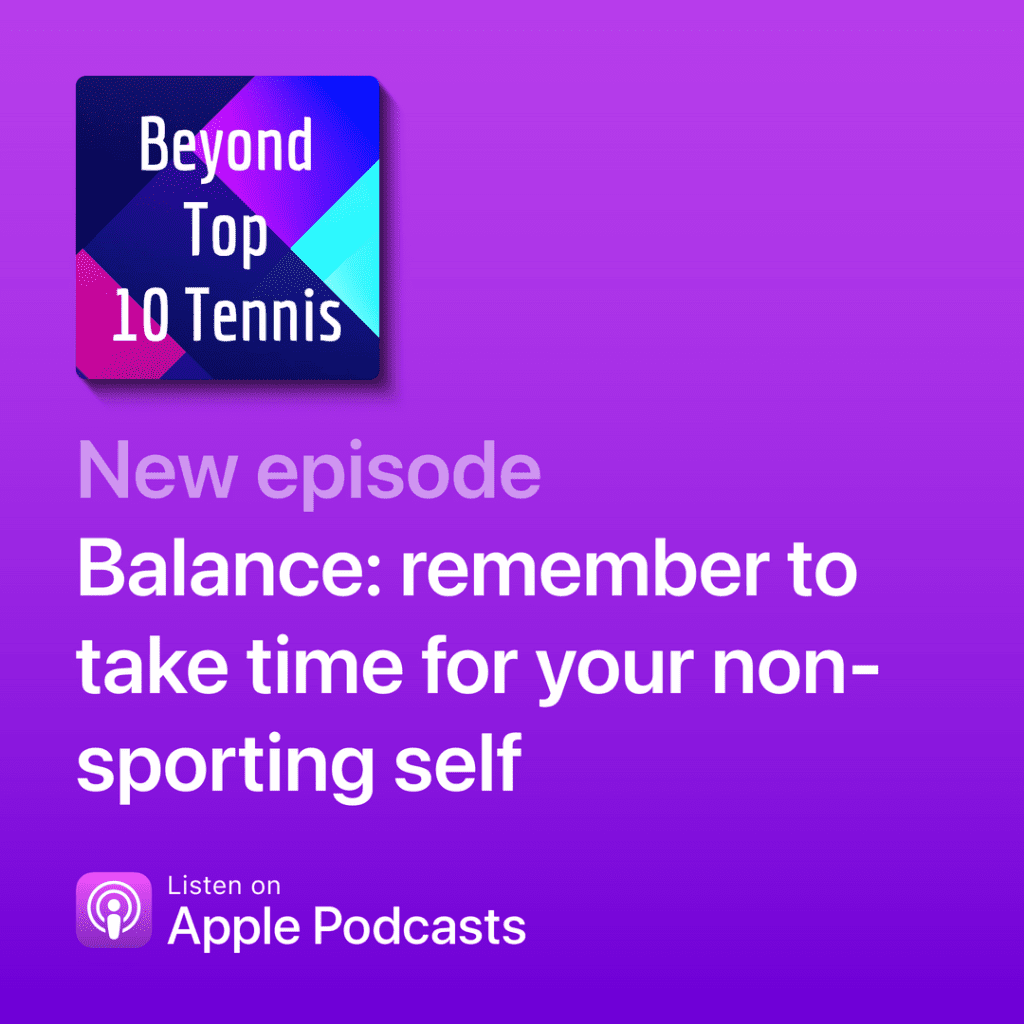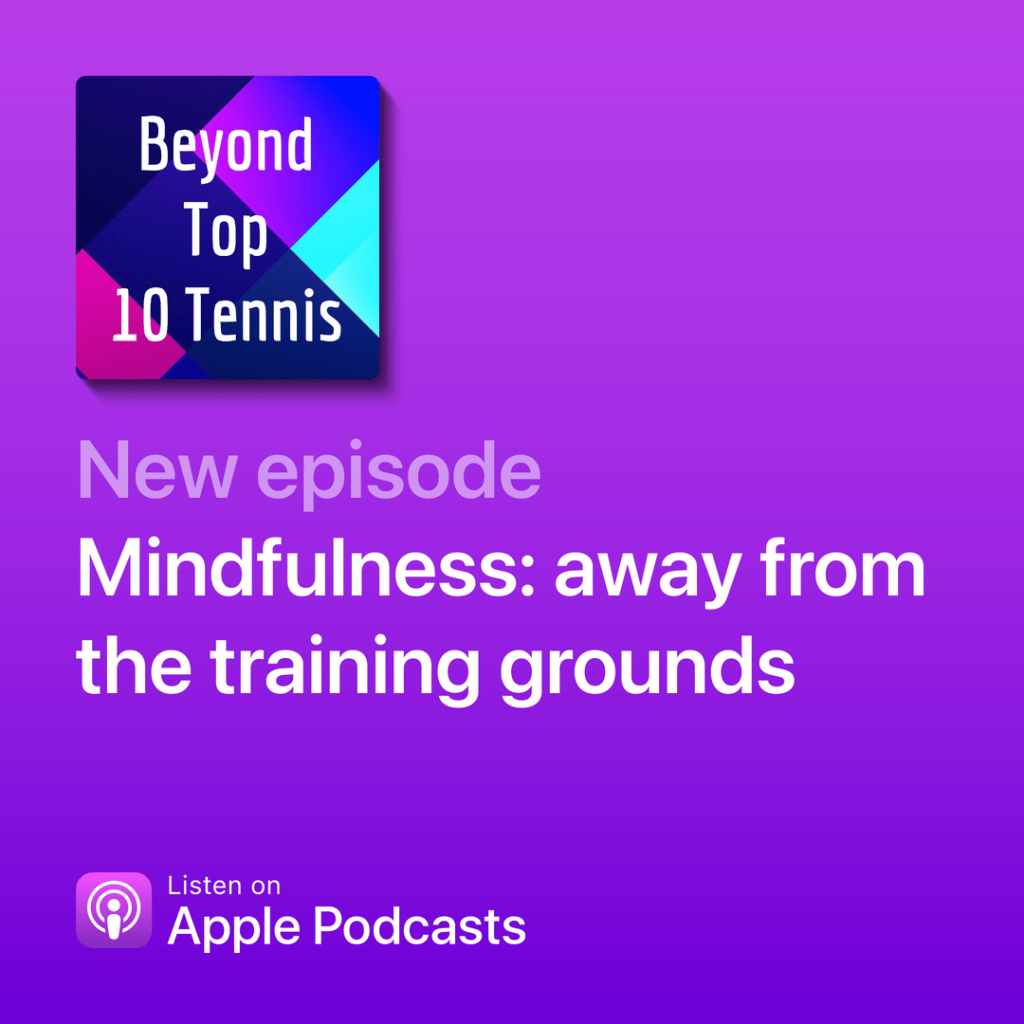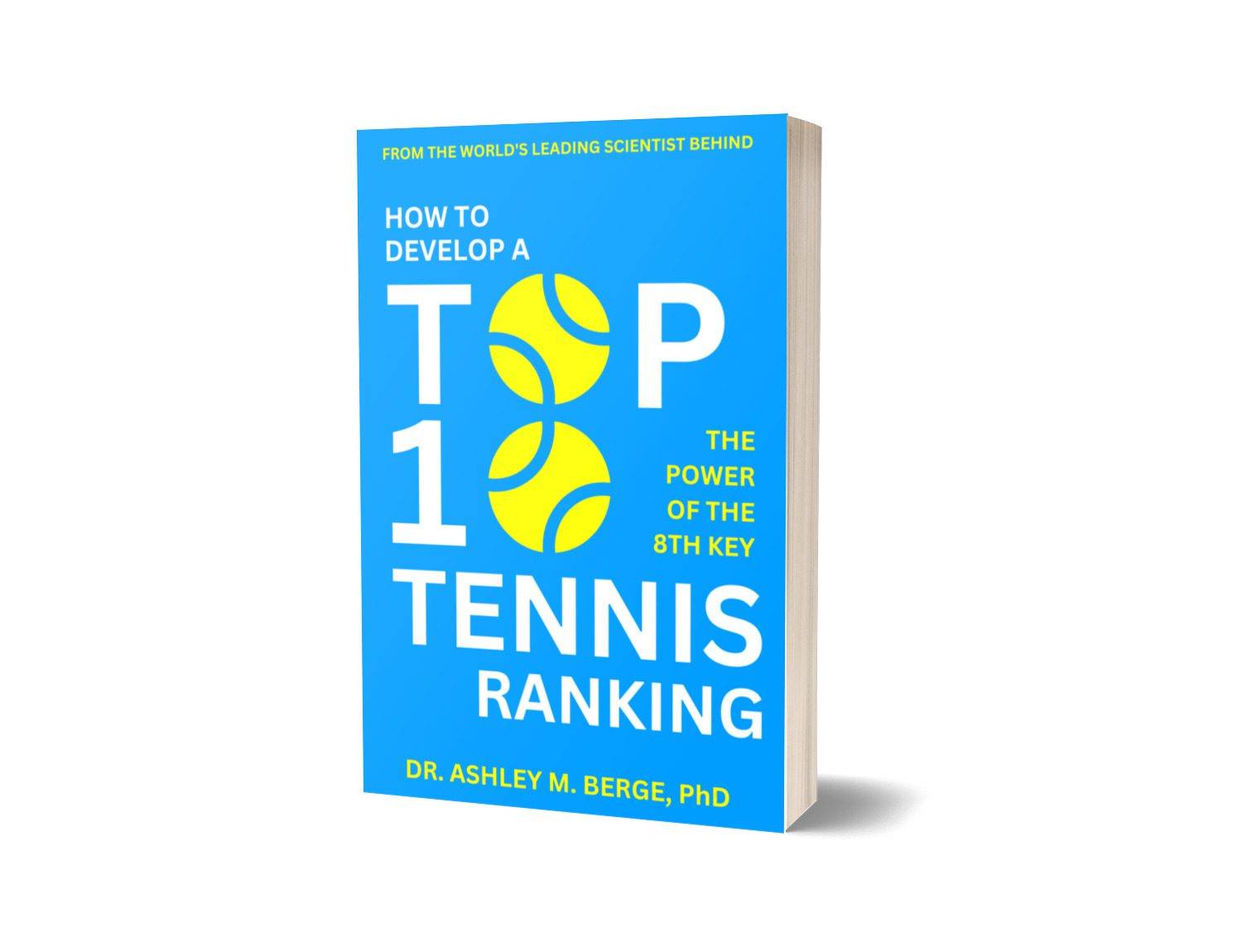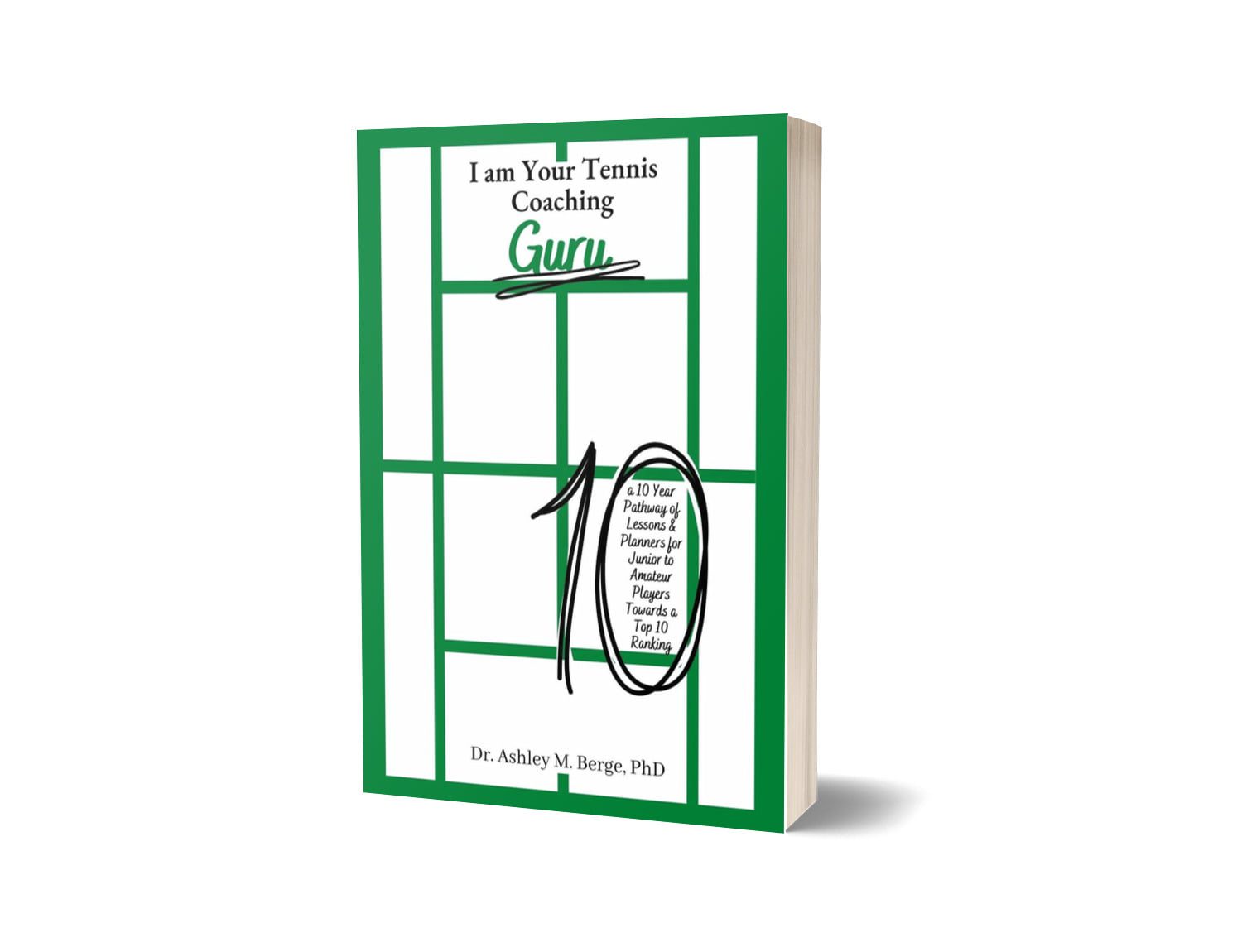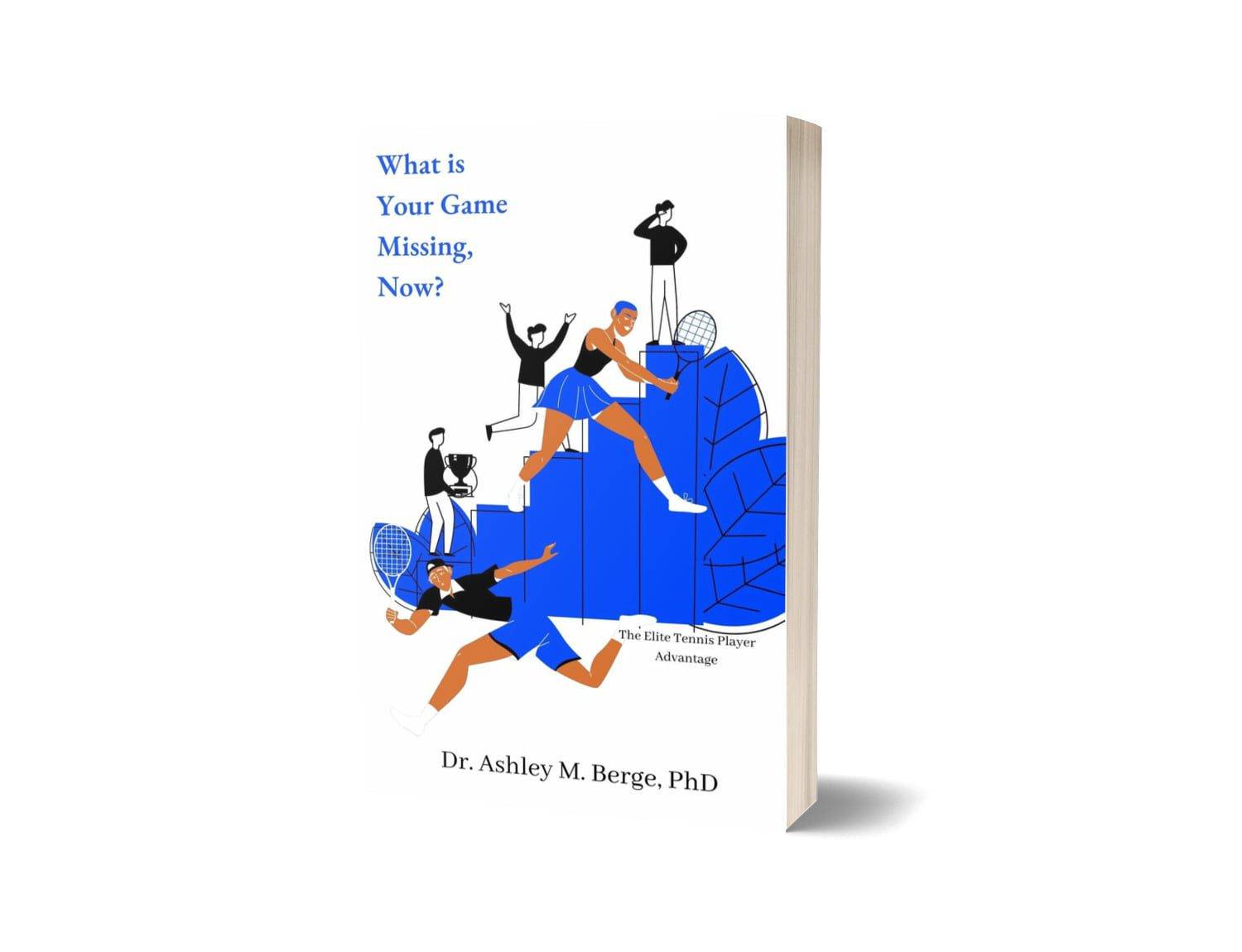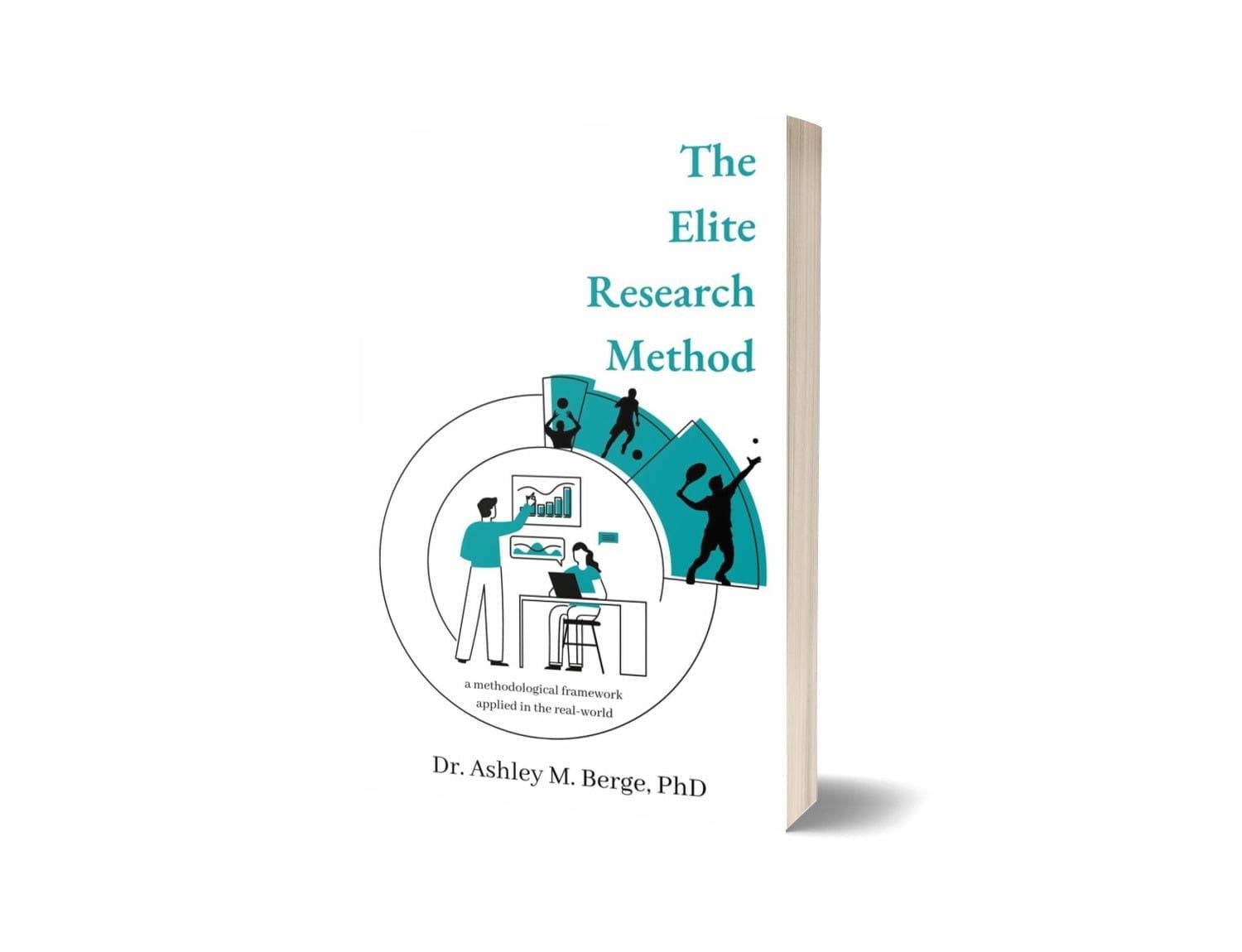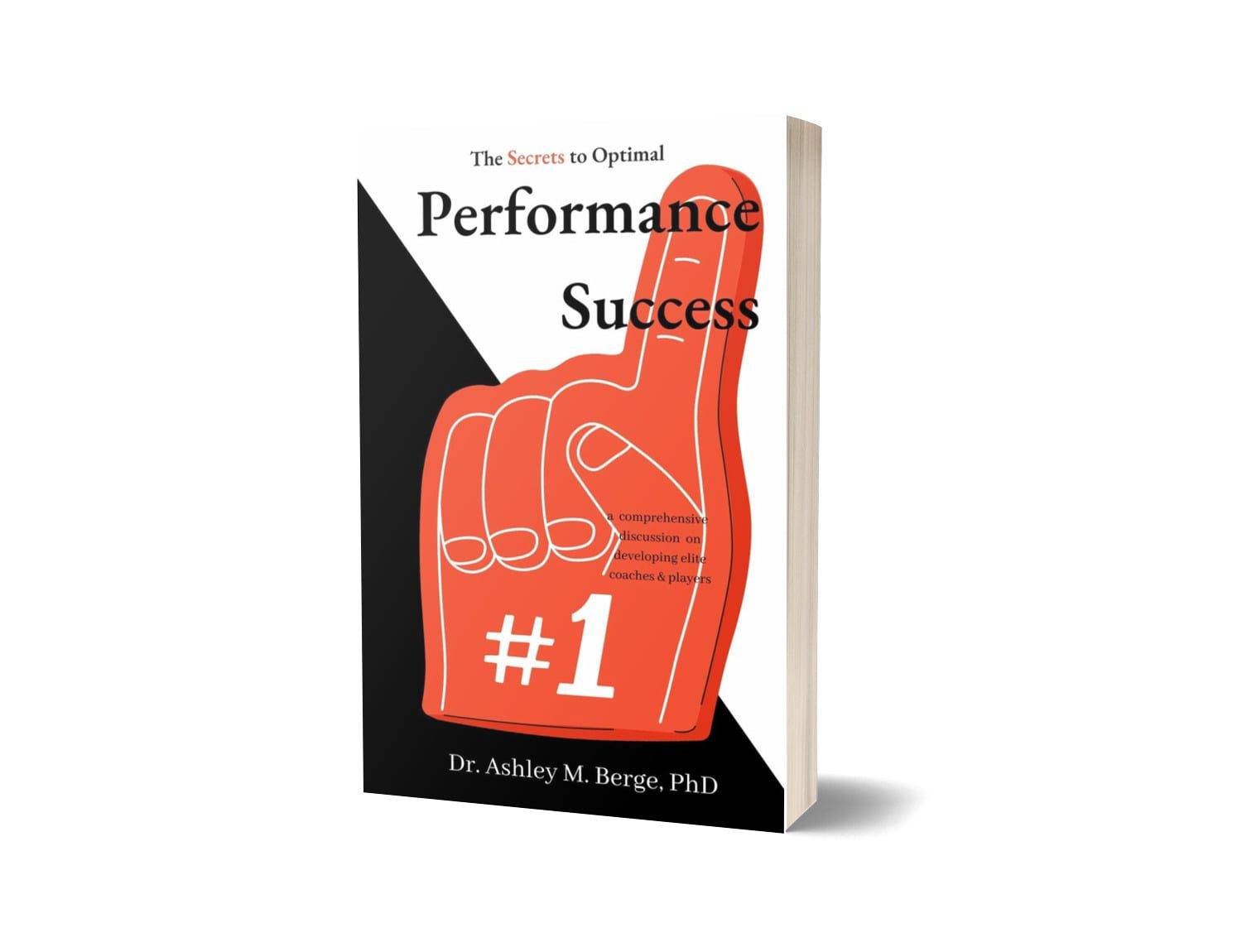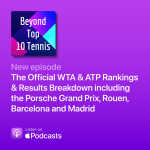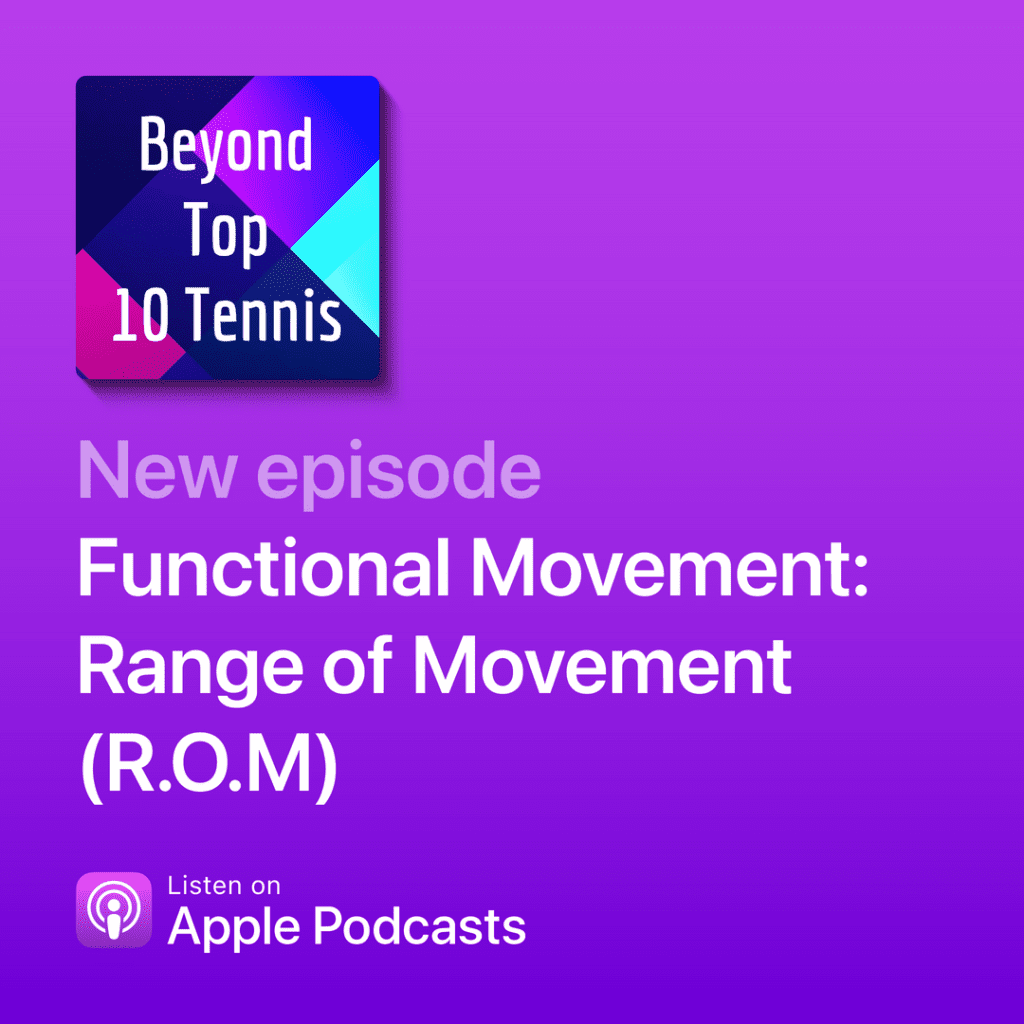
Building on from our initial take on functional movement and our centre go gravity (C.O.G), a player’s range of movement (R.O.M) is closely aligned and in fact they work in tandem when we’re looking at developing not merely a high performance player, but an elite player with the capacity to head towards the Top 10 on the WTA or ATP tour. This is a technical mishap that often occurs and a player’s body is ‘overstretched’ too soon when their developmental needs to their current range isn’t accounted for nor is the current level to capacity of their R.O.M.
In the most simple terms, whilst the biomechanics of our range of movement can be quite involved, we can look at it from our capacity to reach — to extend the body. This also occurs both ways in the form of extension to flexion depending on the direction in which the body is moving. If we’re mindful of the body as a whole and how we move from a functional perspective whilst taking progressive steps towards the desired range, our R.O.M can steadily develop to the point at which our technique becomes more optimised.
By gradually building our range we’re also looking after our body.
Not only does this allow us to re-focus on our key objectives, it also re-centres our outlook on the health of our body and how ‘stretching’ is merely a simple comparison that when we build on our elastic energy, we can also build on our performance ‘if’ we’re respecting the ongoing development of our kinetic chain. As we dive into the biomechanics it can get a little more complex, but in order to keep things simple it become pertinent to progress over time — weeks to months, opposed to days to weeks. By taking a more cautious approach, not only are we giving our bodies ample time to keep pace, we’re also safeguarding the player/athlete body for the road ahead.
To tune in to this week’s episode, head on over to Beyond Top 10 Tennis for more and learn more about The Pathway.


